Sunshine pleco - Scobinancistrus aureatus
Scientific name: Scobinancistrus aureatus
Common name: Sunshine pleco
Family: Loricariidae
Usual size in fish tanks: 20 - 25 cm (7.87 - 9.84 inch)
014
Recommended pH range: 6 - 7.2
Recommended water hardness: 0 - 30°N (0 - 535.71ppm)
0°C 32°F30°C 86°F
Recommended temperature range: 24 - 28 °C (75.2 - 82.4°F)
The way how these fish reproduce: Spawning
Where the species comes from: South America
Temperament to its own species: peaceful
Temperament toward other fish species: peaceful
Usual place in the tank: Bottom levels
Food and Feeding
The Sunshine Pleco (Scobinancistrus aureatus) is primarily carnivorous, with visible teeth adapted for consuming protein-rich foods. Offer a staple diet of high-quality sinking pellets or carnivore-specific wafers. Supplement their diet with meaty foods such as bloodworms, shrimp, mussels, and tubifex worms to ensure optimal health. While they will nibble on algae wafers and soft vegetables like zucchini and cucumber, these should not make up the bulk of their diet. Sunshine Plecos may also graze on the algal coating of tank decorations and plants, but they are not efficient algae eaters.
Origin
The Sunshine Pleco is native to South America, specifically the Rio Xingu in Brazil. This river is known for its warm, oxygen-rich waters with moderate to strong currents and a rocky substrate. To replicate their natural habitat, aquariums should have clean, well-oxygenated water with a steady flow.
Sexing
Determining the sex of Scobinancistrus aureatus is possible once they mature. Males tend to grow larger than females and may develop a spiny ridge on their leading pectoral fins. Additionally, males may have broader heads and more pronounced odontodes (bristle-like structures) along their bodies.
Breeding
As of now, there are no reported cases of successful Sunshine Pleco breeding in home aquariums. In the wild, they are presumed to be cave spawners, requiring specific conditions to trigger reproduction. If attempting to breed them, a setup with ample hiding spaces, excellent water quality, and stable conditions is recommended. However, successful breeding remains highly challenging.
Lifespan
With proper care, Sunshine Plecos can live for 8 to 10 years, making them a long-term commitment for dedicated aquarists.
Tank Setup and Behavior
Sunshine Plecos are generally peaceful with other fish but can be territorial toward their own species, especially in smaller tanks. If keeping multiple specimens, provide a large tank with plenty of separate hiding spots to minimize aggression. As bottom dwellers, they require a sandy or fine gravel substrate to prevent injury to their sensitive undersides.
Essential tank conditions include:
- Aquarium size of at least 120 cm (4 feet) in length to accommodate their adult size.
- Plenty of hiding places, such as driftwood, caves, and rock structures.
- Moderate to strong water flow to mimic their natural habitat in the Rio Xingu.
- Regular water changes to maintain pristine water conditions, as they are sensitive to poor water quality.
Compatible Tank Mates
Sunshine Plecos can coexist with a variety of tank mates, provided they are peaceful and non-aggressive. Suitable companions include:
- Rummy Nose Tetras – Active and peaceful schooling fish.
- Bolivian Rams – Non-aggressive dwarf cichlids.
- Geophagus Cichlids – Earth-eating cichlids that stay in mid-water.
- Hatchetfish – Surface-dwelling fish that won’t compete for territory.
- Otocinclus Catfish – Peaceful algae grazers that won’t interfere with the pleco’s space.
Tank Mates to Avoid
While generally peaceful, Sunshine Plecos can be territorial, especially with similar species or aggressive tank mates. Avoid housing them with:
- Redtail Catfish – Large and aggressive bottom dwellers.
- Oscars – Can be territorial and may harass the pleco.
- Tiger Barbs – Known for fin-nipping behavior.
- Flowerhorn Cichlids – Highly aggressive and territorial.
Recommended Plants
Sunshine Plecos may uproot delicate plants, but hardy species that can be attached to driftwood or rocks are ideal. Consider adding:
- Anubias – Hardy and slow-growing.
- Java Fern – Can be attached to hardscape elements.
- Java Moss – Provides shelter and a natural feel.
- Cryptocoryne – Tolerant of a range of conditions.
Short Description
The Sunshine Pleco (Scobinancistrus aureatus) is a stunning freshwater fish known for its golden-yellow patterns and peaceful temperament. Originating from Brazil’s Rio Xingu, this pleco requires a well-maintained, oxygen-rich environment with plenty of hiding spots. Although territorial toward its own species, it makes a great addition to a community aquarium when paired with suitable tank mates. While breeding in captivity remains unreported, this pleco is highly sought after for its striking appearance and fascinating behavior.
Pictures
Bought by aqua-fish.net from jjphoto.dk.
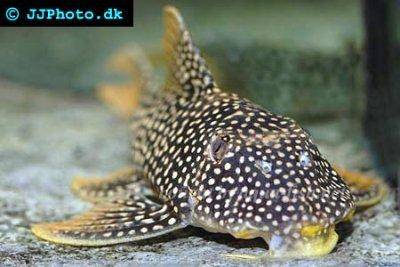




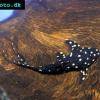 Adonis
Adonis 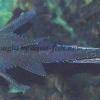 Lyre
Lyre 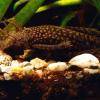 Bristlenose
Bristlenose 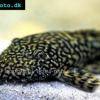 Gold
Gold  Bushymouth
Bushymouth  Spotted
Spotted 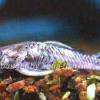 Medusa
Medusa 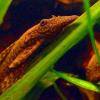 Bristlenose
Bristlenose 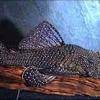 Starlight
Starlight 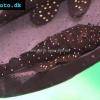 Spotted
Spotted 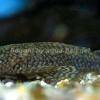 Catfish
Catfish 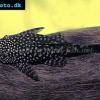 Bushynose
Bushynose 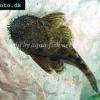 Bristlenose
Bristlenose 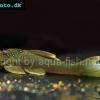 Green
Green 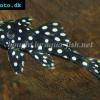 LDA-33
LDA-33 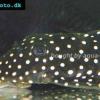 Snowflake
Snowflake 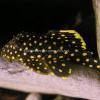 Gold
Gold 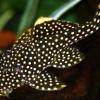 Gold
Gold 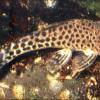 Bulldog
Bulldog 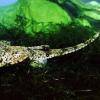 Dasyloricaria
Dasyloricaria 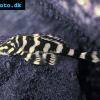 Butterfly
Butterfly 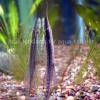 Whiptail
Whiptail 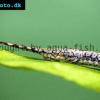 Amazon
Amazon  Twig
Twig 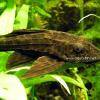 Spotted
Spotted 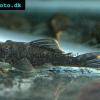 Spotted
Spotted 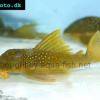 Lemon
Lemon 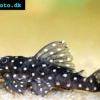 Pleco
Pleco 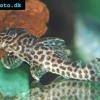 Peruvian
Peruvian 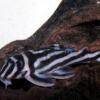 Zebra
Zebra 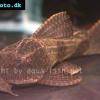 Pleco
Pleco 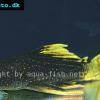 Hypostomus
Hypostomus 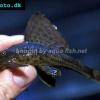 Pleco
Pleco 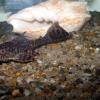 Suckermouth
Suckermouth 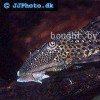 Spotted
Spotted  Woodeating
Woodeating 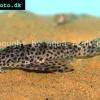 Golden
Golden 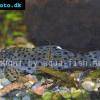 Sultan
Sultan 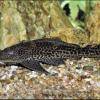 Multiradiatus
Multiradiatus 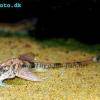 Marbled
Marbled 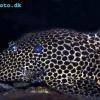 Pleco
Pleco 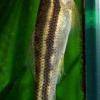 Dwarf
Dwarf 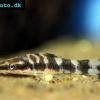 Dwarf
Dwarf 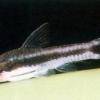 Dwarf
Dwarf 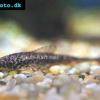 Oxyropsis
Oxyropsis 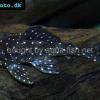 Orange
Orange 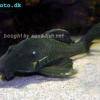 Blue
Blue 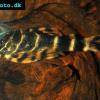 Clown
Clown 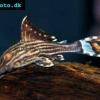 Royal
Royal 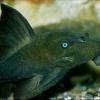 Blue
Blue 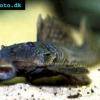 Rubber
Rubber 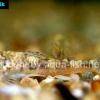 Goby
Goby 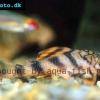 Wormline
Wormline  Para
Para 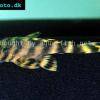 Tiger
Tiger 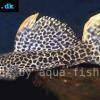 Leopard
Leopard 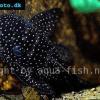 Spiny
Spiny 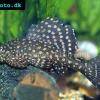 Marbled
Marbled 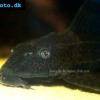 Amazon
Amazon  Common
Common 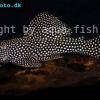 Golden
Golden